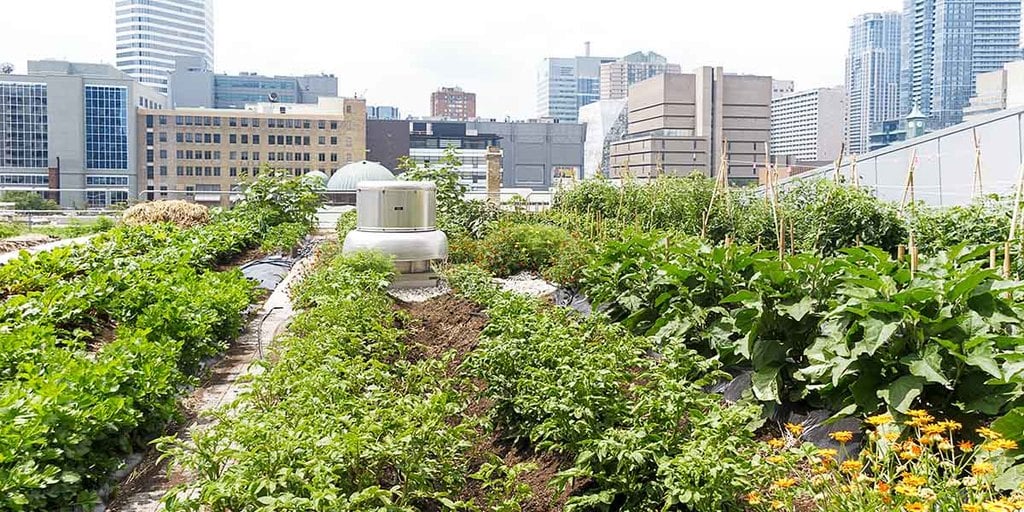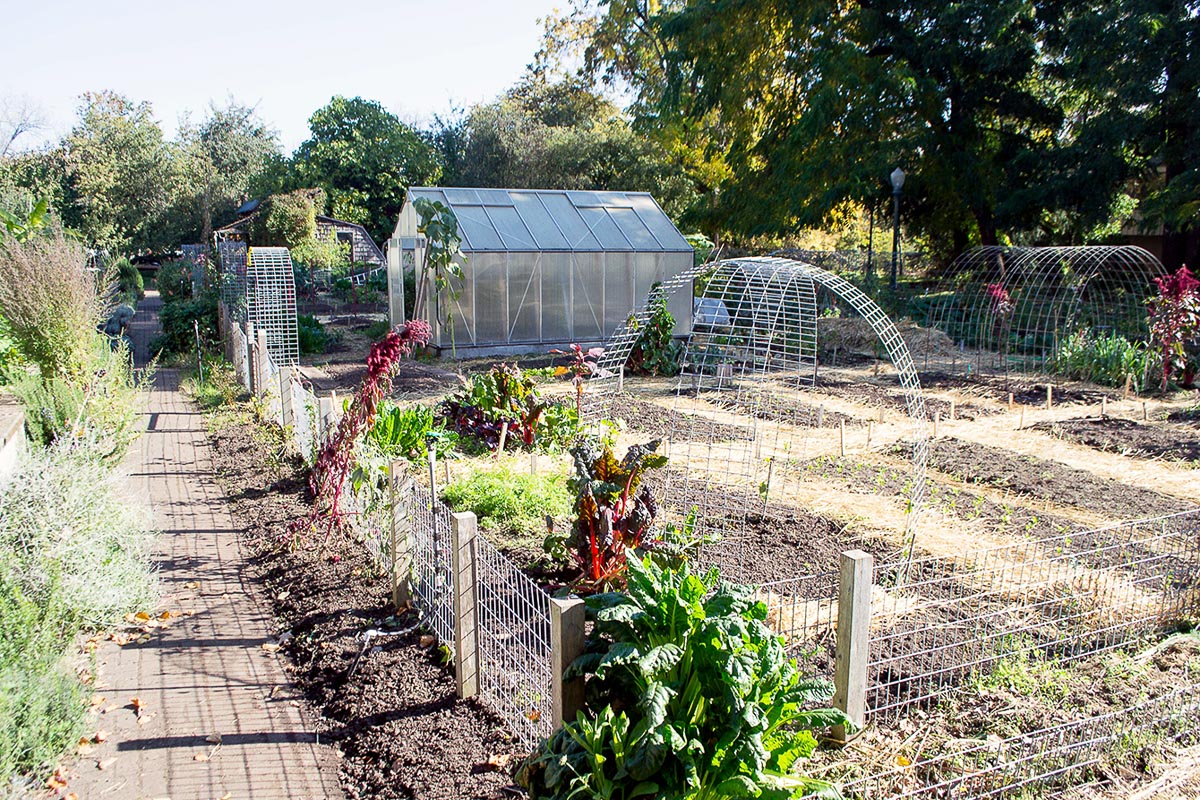The Ultimate Guide To City Blooming
Wiki Article
The 15-Second Trick For City Blooming
Table of ContentsCity Blooming Fundamentals ExplainedThe Basic Principles Of City Blooming Examine This Report on City BloomingAbout City BloomingSee This Report on City Blooming
Fascinated in expanding food for sale in the City of Chicago? Below is a checklist of frequently asked inquiries concerning the regulations and policies that farmers should take into consideration when preparing a metropolitan farming job.
The zoning modification does not modify any type of various other codes managing composting, building authorizations, buying or renting City owned residential property, company licenses or environmental contamination. There are existing codes that manage these issues and they stay in full result and might be appropriate to your task. Community yards are commonly had or managed by public entities, civic organizations or community-based organizations and preserved by volunteers.
Urban farms grow food that is meant to be sold, either on a not-for-profit or for-profit basis. Due to their commercial purpose, metropolitan ranches require a service license.
The Buzz on City Blooming
Composting is permitted however only for plant product that is produced and used on site. The quantity of garden compost product can not go beyond 25 cubic yards at any type of provided time according to the standards in 7-28-715 of the City's Municipal Code. Yes. Since the dirt at a lot of brand-new yard sites requires modifying, garden compost, soil, wood chips, or various other products can be gotten to build or boost the expanding area - container and raised bed gardening etc..
If a structure authorization is needed then the hoophouse will certainly be considered an accessory building. You can discover even more regarding the structure permit needs by contacting the Department of Buildings. The 25,000-square-foot size limit is intended to avoid a single neighborhood yard from controling a provided block or detracting from the block's existing household or business personality.
The limitation does not relate to yards located in Public Open Space (POS) areas. Can there be greater than one area garden that is 25,000 square feet on a solitary block? Yes. The size restriction relates to individual yards, not to private blocks. No. Fencing is not called for, nevertheless, yards that have large vehicle parking areas might be called for to set up fence or various here other landscaping functions.
The 6-Minute Rule for City Blooming
B1 & B2 areas require that all industrial use tasks be carried out inside your home. R areas limit commercial activity. The regulations reflect the function and intent of the Zoning Code. Is secure fencing needed for city ranches? Yes. Fences might be called for, together with landscape design and screening, for sure car park areas and exterior job or storage areas depending on location and the specific task taking place.Urban ranches need building permits and zoning authorizations prior to building and construction (container and raised bed gardening etc.). Various other types of city review might be required depending on particular structures, activities, size, landscape design, licensing, public heath and stormwater monitoring concerns.
The Department of Organization Affairs and Consumer Security can help establish the particular type of company certificate that's required. Off road car park is required for many industrial jobs in Chicago. The called for number of auto parking rooms is based on the number of workers working on site and not the square video of the growing area.
City Blooming Things To Know Before You Get This

Yes. An urban farm can offer garden compost material generated on website, however, the procedure must adhere to the regulations in 7-28-715 of the Chicago Municipal Code. Yes. Aquaponic systems are enabled inside on city ranches in several zoning areas. However, a zoning review and structure permit is called for in order to set up frameworks or systems and a service certificate is needed as described above.
As much as five hives or nests of honey may be kept as an accessory use. Beekeepers should register with the Illinois Department of Agriculture. For more details about the recommended zoning modification you might get in touch with the Division of Housing and Economic Advancement, Bureau of Planning and Zoning at 312.744.8563.
Farming in cities and urban areas An urban ranch in Chicago. Urban farming refers to various techniques of growing. https://disqus.com/by/cityblooming/about/, processing, and distributing food in city locations. The term also puts on the location tasks of pet husbandry, aquaculture, beekeeping, and horticulture in an urban context. Urban farming is differentiated from peri-urban farming, which happens in backwoods beside suburban areas.
Excitement About City Blooming
, that seek to create social networks established on a shared values of nature and neighborhood holism. These networks can establish by means of formal institutional support, becoming incorporated into neighborhood town preparation as a "change town" movement for lasting urban advancement.In either situation, the a lot more straight access to fresh veggie, fruit, and meat products that may be understood via urban agriculture can enhance food safety and food safety while reducing food miles, causing reduced greenhouse gas exhausts, consequently adding to environment adjustment reduction. Several of the first evidence of metropolitan agriculture comes from Mesopotamia.
Report this wiki page